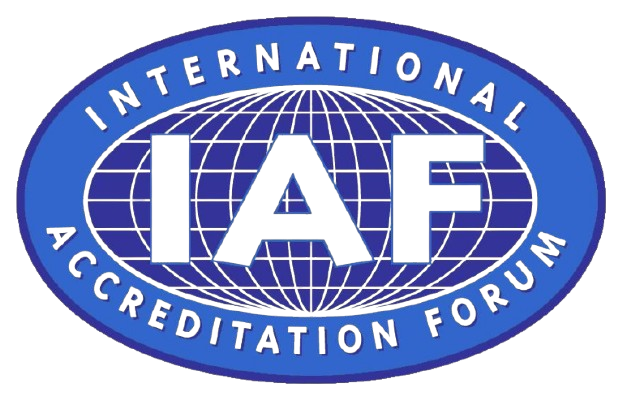

ISO 41001 sets the benchmark for effective facility management, providing organizations with a structured approach to optimizing their facilities and creating efficient, safe, and sustainable work environments. The International Organization for Standardization (ISO) developed ISO 41001 to help organizations manage their facility-related operations and services, ensuring that they meet organizational goals and improve overall performance.
“Given below is the more detail about the ISO 41001 – a FMS standard and you might be interested learning more about it. Rest of the part you can avail the certification from ICS to get your organizational dream come true by contact us by clicking below button.”
ISO 41001 is the first international standard for facility management systems (FMS). It outlines the requirements for establishing, implementing, maintaining, and improving an FMS. The standard emphasizes a holistic approach to facility management, integrating various functions and processes to achieve optimal performance. ISO 41001 applies to organizations of all sizes and sectors, from corporate offices to healthcare facilities and educational institutions.
Organizations use ISO 41001 to align their facility management practices with their strategic objectives. The standard helps companies identify and address the needs of stakeholders, including employees, customers, and regulatory authorities. By implementing ISO 41001, organizations can ensure that their facilities support their core business activities and contribute to long-term success.
ISO 41001 comprises several key components that organizations must address to implement an effective FMS. These components include:
Identifies and manages facility-related risks and opportunities. Leads to improved operational efficiency. Reduces costs. Enhances employee well-being.
Demonstrates commitment to facility management excellence. Shows regulatory compliance. Attracts new customers. Builds trust with existing clients. Opens doors to new markets where certification is required by clients and regulatory bodies.
Aligns facility management practices with relevant laws and regulations. Reduces the risk of fines and penalties.
Implementing ISO 41001 involves several steps, starting with a gap analysis to identify areas where current practices fall short of the standard’s requirements. This analysis helps organizations develop an implementation plan that outlines necessary actions, resources, and timelines.
Top management plays a crucial role in the successful implementation of ISO 41001. They need to establish a facility management policy, set objectives, and allocate resources to support the FMS. Effective communication is essential to ensure that all employees understand the importance of facility management and their role in achieving certification.
Training and development are integral to successful implementation. Employees at all levels should receive training on ISO 41001 requirements and how they apply to their roles. This training helps build a competent workforce that can effectively contribute to the FMS.
Organizations may face several challenges during the implementation of ISO 41001. Resistance to change is a common hurdle, as employees may be hesitant to adopt new processes and practices. To address this, organizations should focus on effective change management strategies, including clear communication, training, and employee involvement.
Maintaining compliance with ISO 41001 over time requires ongoing commitment and regular audits. Organizations must establish a robust internal audit process to assess the effectiveness of the FMS and identify areas for improvement. Continual review and updating of practices ensure alignment with the standard and drive continuous improvement.
Continuous improvement is a core principle of ISO 41001. Organizations that adopt this principle can enhance their facility management performance over time and adapt to changing conditions. Continuous improvement involves regularly reviewing and updating processes, setting new objectives and targets, and implementing corrective actions to address any deviations.
The Plan-Do-Check-Act (PDCA) cycle is a common tool used in ISO 41001 to facilitate continuous improvement. This iterative approach helps organizations systematically address facility management issues and implement effective solutions. By fostering a culture of continuous improvement, organizations can achieve long-term facility management excellence and sustainability.
ISO 41001 is applicable to organizations of all sizes and industries. For example, corporate offices use ISO 41001 to create efficient and sustainable work environments, improve employee productivity, and reduce operating costs. Healthcare facilities can enhance patient care by ensuring that their facilities are safe, clean, and well-maintained.
Educational institutions also benefit from ISO 41001 by creating conducive learning environments, managing facility-related risks, and ensuring compliance with safety and environmental regulations. By adopting ISO 41001, organizations can improve their overall facility management performance, gain credibility, and build trust with stakeholders and regulatory authorities.
ISO 41001 is a powerful tool for organizations committed to facility management excellence and continuous improvement. By implementing this standard, companies can enhance their facility management performance, comply with regulatory requirements, and gain a competitive edge. Despite the challenges associated with implementation, the benefits of ISO 41001 far outweigh the costs. With a strong commitment to facility management and ongoing improvement, organizations can achieve long-term success and sustainability. Whether you are a corporate office.

For Quick Contact Leave Your Message We will Contact You Shortly Or Call Us At Given Numbers or Email Addresses. We Love to Deliver Our Efficient Services.
Copyright All Rights Reserved © 2025